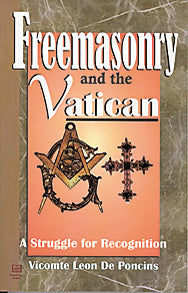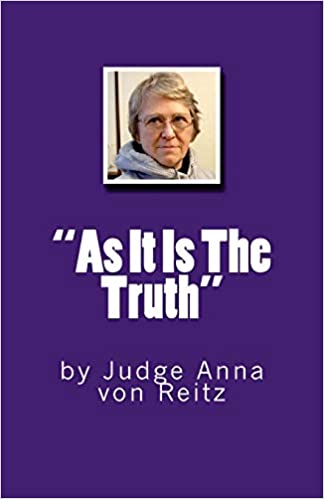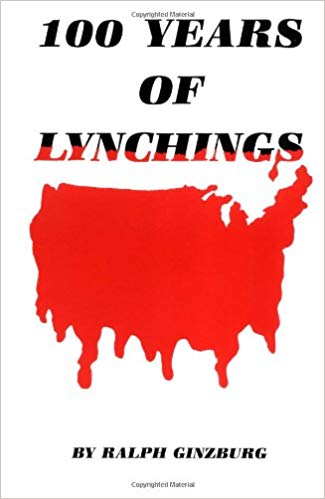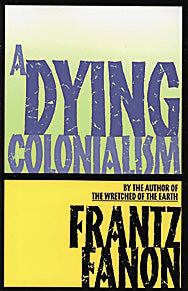
Freemasonry and the Vatican: A Struggle for Recognition
Freemasonry and the Vatican_ by the Vicomte Leon de Poncins seeks to explain the endless warfare between the Catholic Church and the forces of subversion represented by Freemasonry. After the Second World War a campaign has been underway from within certain constituencies of "progressive Catholic" circles to legitimize freemasonry. Freemasonry has been condemned repeatedly by popes since Clement XII in 1738.
The reasons for this repeated condemnation include the immorality of the secret oaths undertaken by masonic initiates, the fundamental conflict between masonic belief and Roman Catholic dogma (i.e. Christian belief), and the subversive aspects of a secret society which continues to plot against church, government, and the established traditionalist based order. However, despite these problematic concerns and fundamental differences between Freemasonry and Catholicism, certain individuals have attempted to urge the hierarchy to remove the ban of excommunication upon those Catholics who become Freemasons. De Poncins quotes at length from two works by the "progressive Catholic" writer Alec Mellor (_Our Separated Brethren_ and _La Franc-Maconnerie a l'Heure du Choix_) which attempt to legitimize freemasonry and integrate it into Catholicism.
Mellor proposes a concocted "progressive Catholicism" against what he regards as integrism and traditionalism. It is this "progressive Catholicism" which has taken over the church by storm in the debacle and confusion following the Second Vatican Council. De Poncins clearly shows the dangers of such an approach to masonry and continues to demonstrate that masonry is fundamentally at odds with Roman Catholicism. De Poncins outlines the role of masonry in the French Revolution, the relationships between Judaism and Masonry, and the gnosticism and even Satanism which lurks behind masonry's supposed rationalistic, atheistic (Enlightenment) worldview.
The two forms of masonry - regular and irregular - are discussed by de Poncins in detail as well as the connections between (European) Continental and Anglo-American freemasonry. Finally, the supposedly fundamental differences between masonry and communism are shown to be illusory. De Poncins demonstrates that masonry did indeed play a role in the Bolshevik Revolution in Russia and shows how the communist-anarchists in Spain were under the influence of masonry as well as the Hungarian communists led by Bela Kun. De Poncins concludes with a chapter on what he regards as the major factors involved in twentieth century masonry. Here he provides documentation revealing connections between masonry and the assassination which provoked the First World War. Also a thorough examination of certain curious aspects of President Roosevelt's policies with regard to the Russians during the Second World War and the Yalta agreement are examined.
Again, the role of masonry is found to be prominent. In an article entitled "How we won the war and lost the peace", W. Bullitt a former American ambassador to Moscow explains the travesty of the communist Soviet victory during the Second World War. By allowing the partition of Germany and the requisition of Eastern Europe by the Soviets, the Allies allowed a situation to occur which resulted in the creation of the Cold War. De Poncins ends his book with a discussion of a certain society of "progressive Catholics" within communist Poland called "Pax". De Poncins shows that "Pax" is in fact nothing more nor less than a communist-freemasonic front attempting to infiltrate the Catholic Church within Poland. The poor state of the church and its hierarchy within the communist country of Poland is explained by de Poncins and the role such secret organizations as "Pax" have in furthering that state while collaborating with a communist totalitarian regime is shown. This book provides a good examination of the fundamental and secret warfare between the forces of light represented by Christ's Catholic Church and the forces of subversion represented by secret societies.




